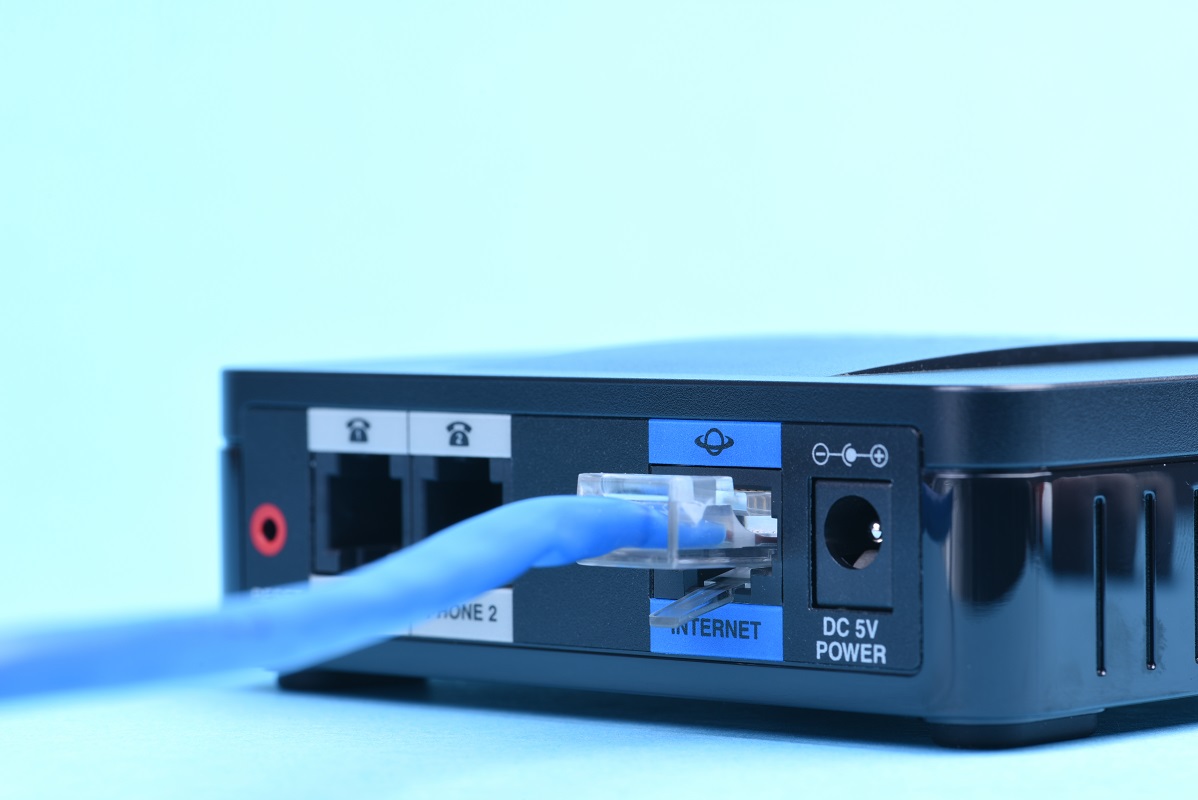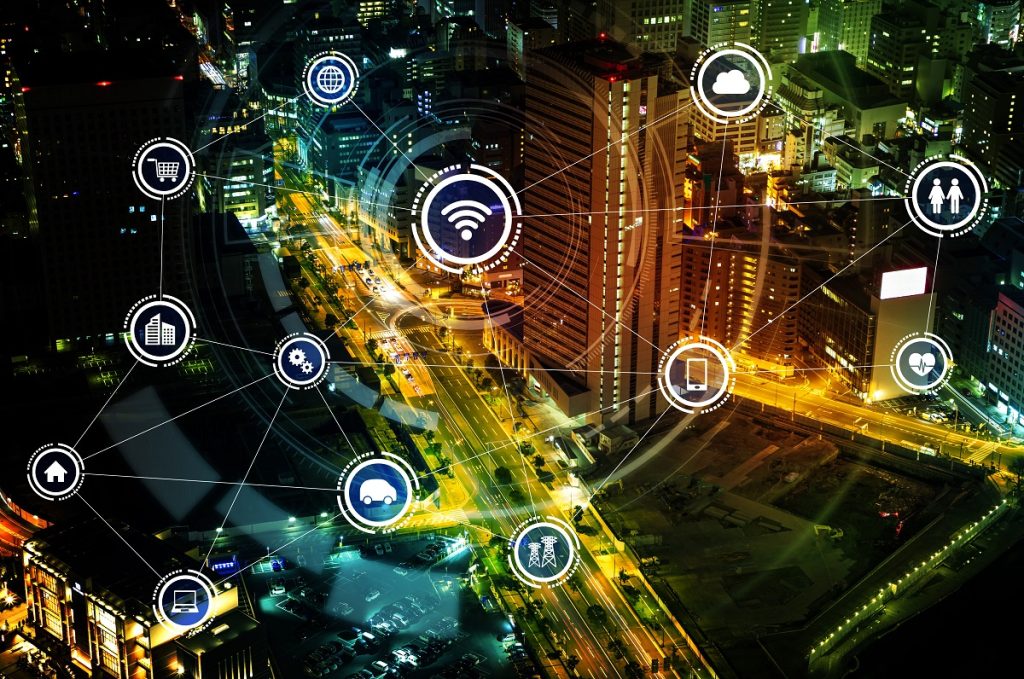- Buildings must have reliable internet connectivity to provide their tenants, visitors, and customers with the necessary services.
- Common causes of poor internet connectivity in buildings include outdated infrastructure and insufficient bandwidth.
- Upgrading the network infrastructure by installing faster and more reliable routers, switches, and access points is a good way to improve internet connectivity.
- Installing a distributed antenna system (DAS) can help increase signal coverage and reduce interference.
- Using a mesh network and AI-based network management helps to prevent congestion, optimize bandwidth allocation, and reduce downtime.
In today’s digital age, internet connectivity is no longer a luxury but a necessity. People need high-speed internet to work, study, communicate, shop, and entertain themselves. However, not all buildings have reliable internet connectivity, which can affect the productivity and satisfaction of those who use them.
Building owners and facility managers must find solutions to improve internet connectivity. Fortunately, many tech solutions can help enhance internet connectivity, regardless of the type, size, or location of your building.
The Importance of Internet Connectivity
Whether for business or personal use, having access to reliable and high-speed internet is crucial. From conducting online meetings to streaming movies, the internet has become an essential part of people’s daily lives. Internet connectivity enhances productivity and provides new opportunities for communication, access to information, and entertainment.
With the growing demand for digital communication and online services, buildings must have the necessary infrastructure to provide reliable internet connectivity. Building owners and managers must prioritize investing in quality internet services for their tenants or customers.
Common Causes of Poor Internet Connectivity
Several common causes of poor internet connectivity in buildings can frustrate accessing the internet. One of the most common causes is outdated infrastructure that cannot handle modern demands. Insufficient bandwidth is another major cause, especially in buildings with multiple users.
Other causes include interference from nearby devices, network congestion, and poor placement of routers. Regardless of the reason, it’s important to promptly identify and address internet connectivity issues to ensure everyone in the building can stay connected.
Ways to Improve Internet Connectivity
There are a few steps you can take to improve the internet connectivity in your building. Here are some of them:
Upgrade Your Network Infrastructure

One of the primary reasons why buildings have poor internet connectivity is that their network infrastructure is outdated or inadequate. Therefore, building owners should invest in upgrading their network infrastructure by installing faster and more reliable routers, switches, and access points.
They should also consider using wired connections instead of Wi-Fi, which can be slower and less secure. Furthermore, they should ensure that their network infrastructure complies with industry standards and regulations.
Install a DAS System
Another way to improve internet connectivity in a building is to install a Distributed Antenna System (DAS). A DAS system consists of multiple antennas strategically placed throughout the building and connected to the main router. This system can increase signal coverage and reduce interference, improving internet performance for everyone using it.
Use a Mesh Network
A mesh network is a type of wireless network that uses multiple access points to provide a seamless and robust connection throughout a building. Instead of relying on a single router, a mesh network distributes the workload among multiple access points, which ensures better coverage, speed, and stability.
Building owners can use a mesh network to eliminate dead zones and extend Wi-Fi coverage to every room and corner of their buildings. Some popular mesh network systems include Google Wifi, Netgear Orbi, and Eero.
AI-Based Network Management
Another tech solution to improve internet connectivity in buildings is AI-based network management. AI-powered network management software can monitor and analyze network traffic, identify issues, and optimize network performance in real-time. This helps to prevent network congestion, improve bandwidth allocation, and reduce network downtime.
Building owners can use AI-based network management solutions like Cisco DNA Center and Aruba Central to manage their networks more efficiently and reduce operational costs.
Install 5G Small Cells

5G is the fifth generation of mobile networks that offers faster, more reliable, and more secure internet connectivity than previous generations. However, 5G signals are limited in range and penetration, making providing full coverage in buildings challenging.
To solve this problem, building owners can install 5G small cells and low-powered antennas that boost 5G coverage and capacity. They can also be used to provide private 5G networks for specific applications, such as IoT and Industry 4.0.
The Bottom Line
Improving internet connectivity in buildings is essential in today’s digital world, and building owners have many tech solutions. Building owners and facility managers should carefully evaluate their needs and goals and choose the best solution for their budget, resources, and timelines.
With the right tech solutions, building owners can provide fast, reliable, and secure internet connectivity to their tenants, visitors, and customers, boosting productivity, satisfaction, and revenue.

